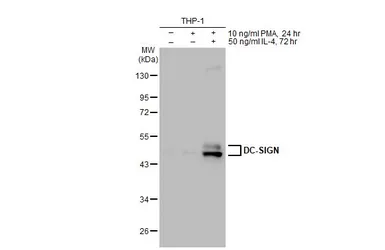DC-SIGN antibody
Cat. No. GTX135602
Cat. No. GTX135602
-
HostRabbit
-
ClonalityPolyclonal
-
IsotypeIgG
-
ApplicationsWB
-
ReactivityHuman

